MALE HAIR LOSS
Male hair loss, medically known as androgenetic alopecia, is the most common form of hair thinning and baldness in men. It typically results from a combination of genetic predisposition, hormonal influences, and the natural ageing process. While temporary hair shedding may occur due to stress, illness, medications, or nutritional deficiencies, male pattern baldness usually develops gradually and follows characteristic patterns, such as a receding hairline or thinning at the crown.
STOP AND REVERSE HAIR LOSS
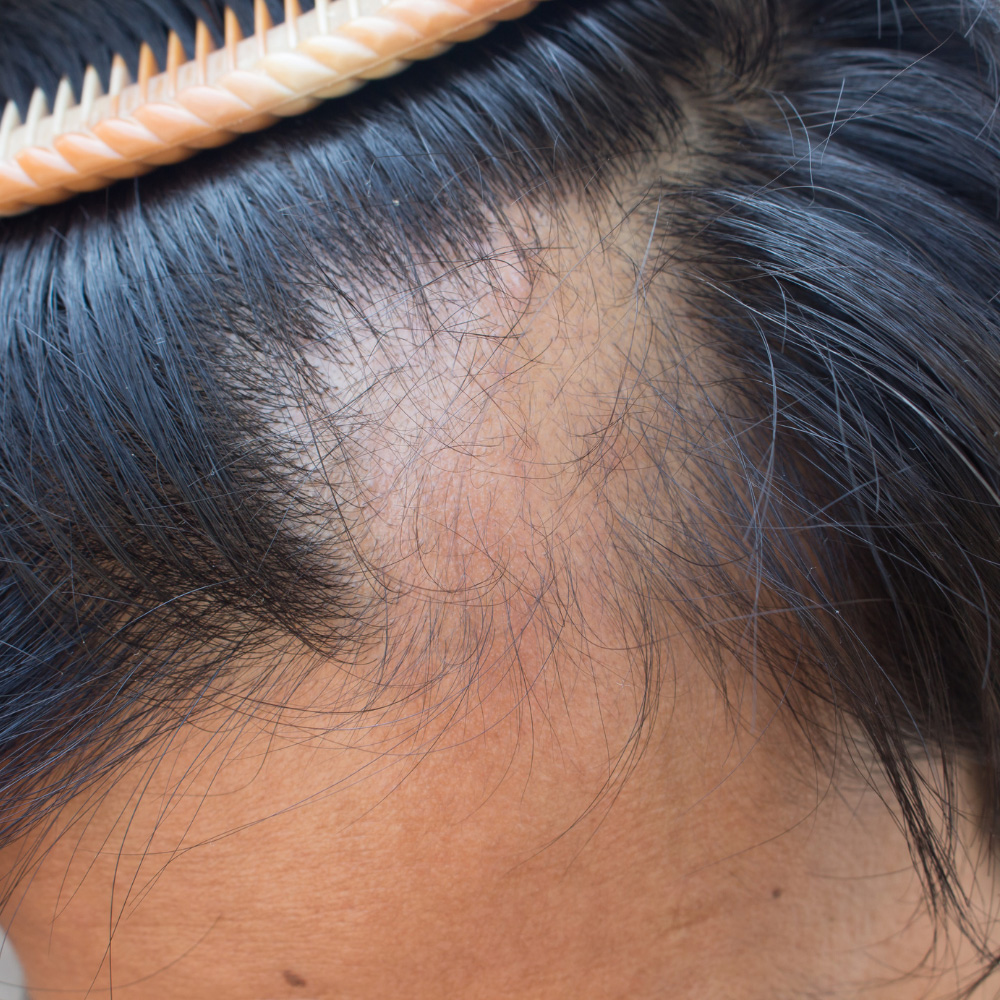
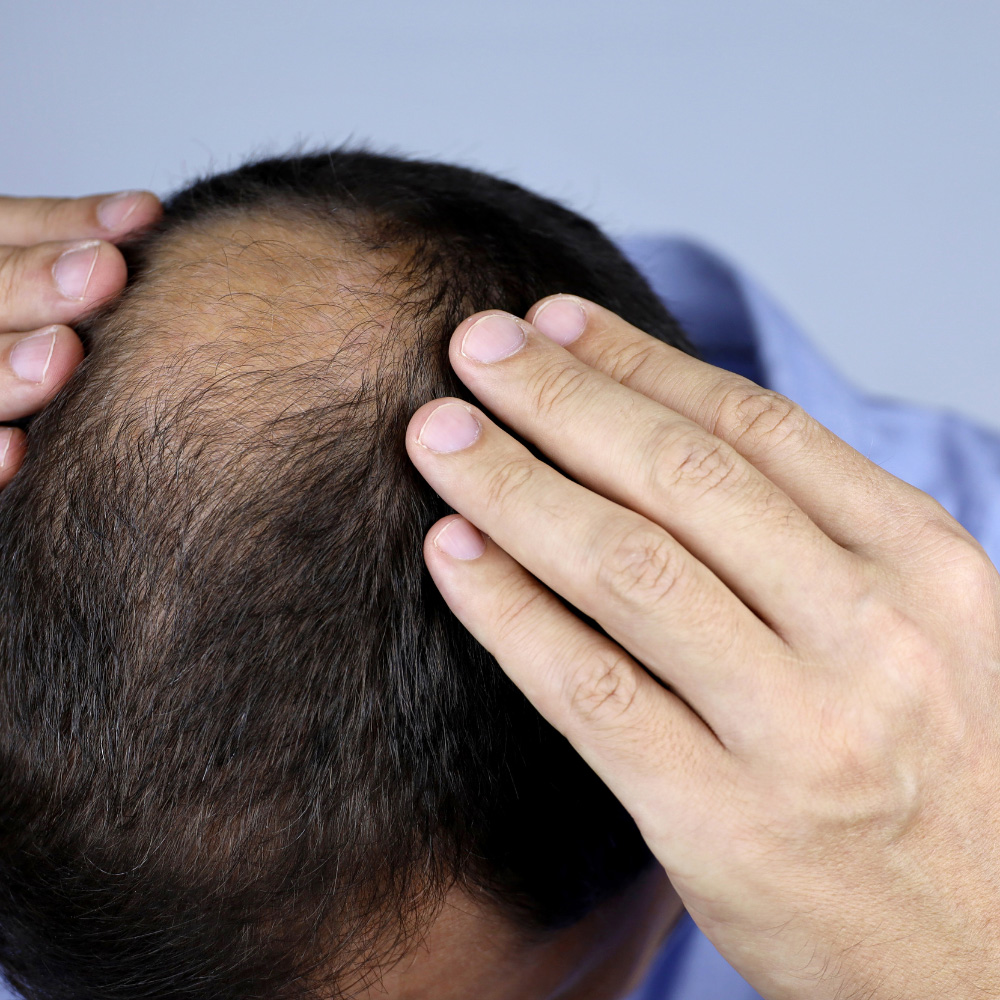
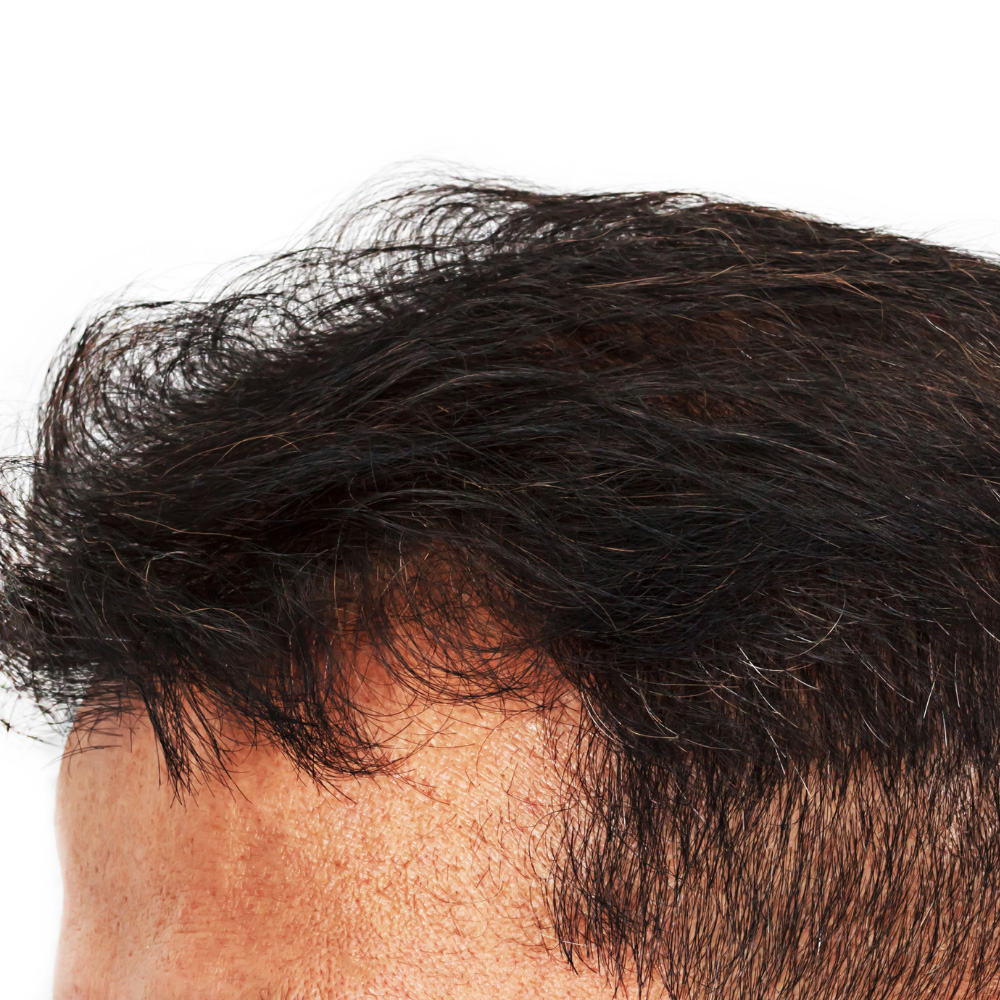
On average, men shed 50 to 100 hairs per day, which goes unnoticed as new growth replaces the loss. However, when the hair growth cycle is disrupted or follicles shrink over time, regrowth becomes weaker and eventually stops, leading to visible thinning or baldness.
For many men, hair is strongly associated with youth, vitality, and self-image. As a result, hair loss can significantly affect self-esteem and may lead to psychological distress, impacting overall quality of life
Different types of hair loss
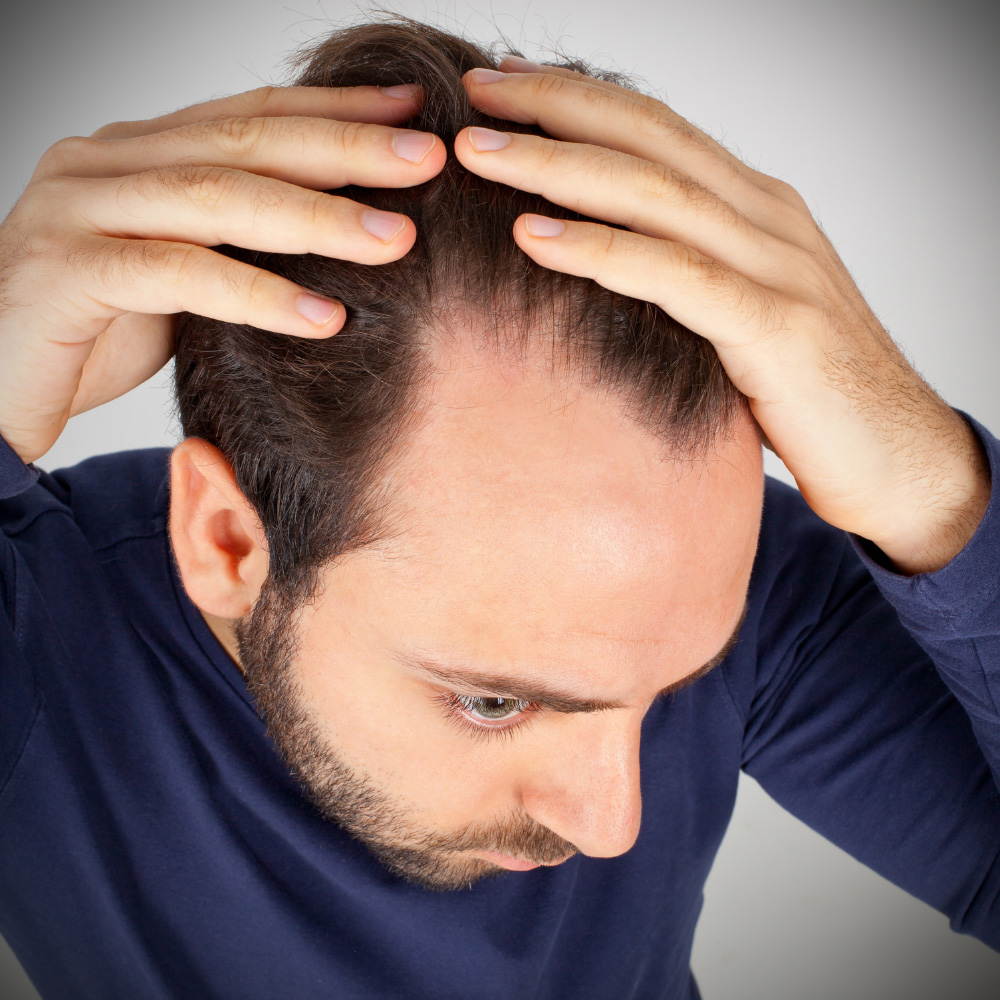
Hereditary hair loss
Early intervention can prevent deterioration and promote regrowth.

Thinning crown
Treatments can target the scalp and prevent the telltale signs of male hair loss.

Receding hairline
Treatments can reverse follicle shrinkage to restore a thicker, more youthful hairline.
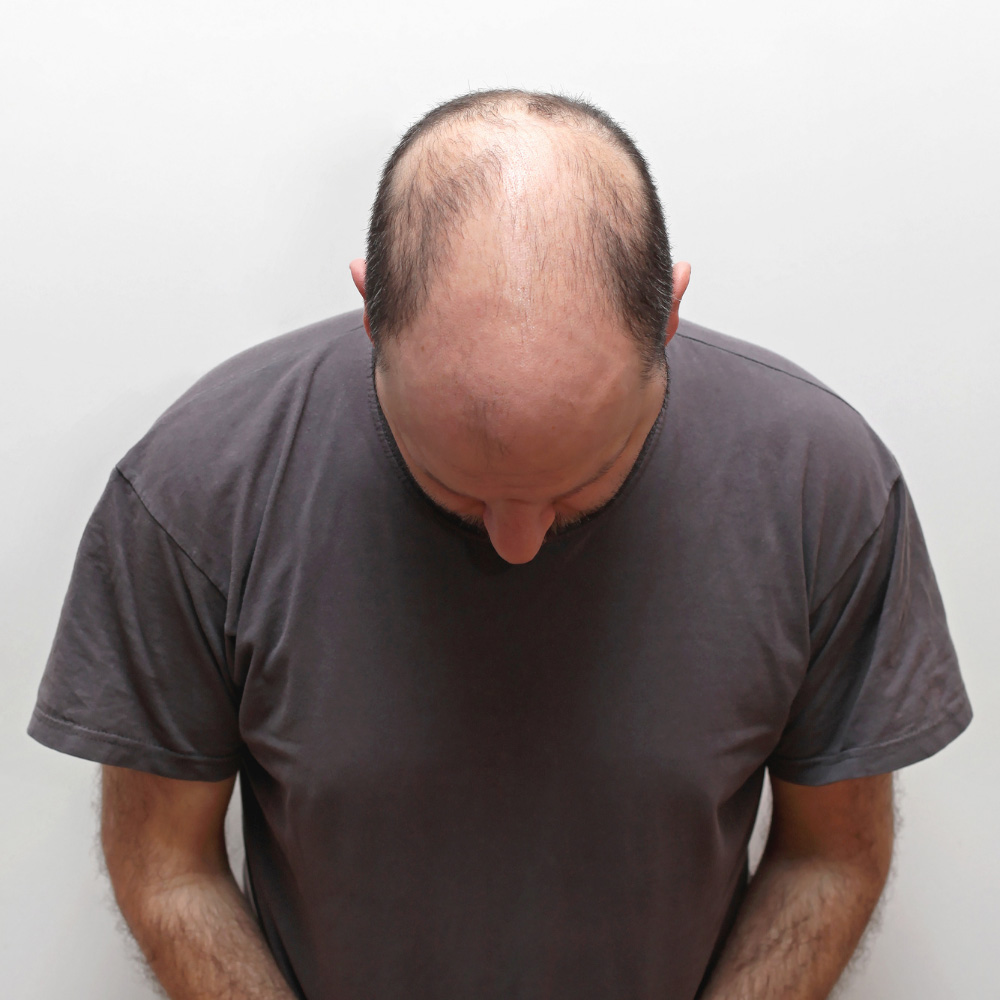
Thinning hair
FUE (Follicular Unit Extraction) hair transplant is one of the most advanced and effective solutions for male hair loss.
Male Hair Thinning and Baldness
What are the symptoms of Hair Loss?
Hair loss presents differently in men and women, but one of the earliest and most common signs is noticing excessive shedding during activities such as combing or washing the hair.
The common signs of hair loss in men include:
- A progressively receding frontal hairline
- Thinning of hair at the crown (vertex)
- Increasing visibility of the scalp in affected areas
The common signs of hair loss in men include:
Male pattern baldness, also known as androgenetic alopecia, is the most common form of hair loss in men.
It often begins with a receding hairline in an M- or U-shaped pattern or with thinning at the crown of the scalp. Over time, the hair loss can progress and become more noticeable.
This condition can appear as early as the teenage years but becomes increasingly common with age. Male pattern baldness is typically classified into seven stages (Norwood Scale)
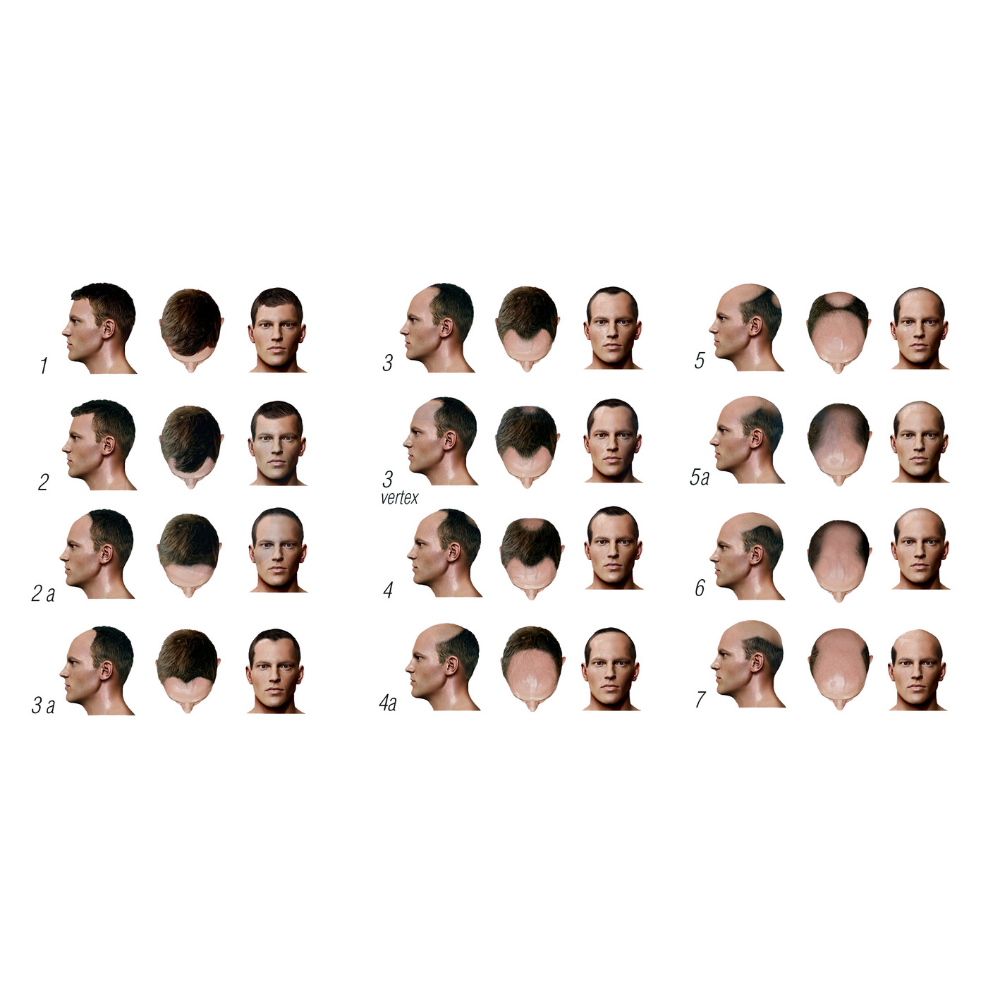
- Stage 1: Minimal or unnoticeable hair loss.
- Stage 2: The hairline begins to recede slightly at the temples.
- Stage 3: More visible hairline recession, often accompanied by thinning at the crown.
- Stage 4: Significant hairline recession and noticeable thinning at the crown, separated by a bridge of hair.
- Stage 5: The bridge between the crown and frontal hairline thins further.
- Stage 6: The bridge disappears, and hair loss extends to the sides of the scalp.
- Stage 7: Advanced baldness, with only a band of hair remaining around the sides and back of the scalp.
